Discover the Best Sleeping Position for Hip Pain Relief
Last Updated on January 4, 2024 by Dr. Tiffany Egan
I have experienced firsthand the frustration of trying to find a comfortable sleeping position while dealing with hip pain. Hip pain can be caused by various factors, such as arthritis, hip bursitis, or an injury, and it can significantly impact our ability to get a restful night’s sleep.
When our hips are in pain, even the slightest movement can cause discomfort and disrupt our sleep. This can lead to a vicious cycle of sleep deprivation and increased pain, making it essential to address the issue of finding the best sleeping position for hip pain relief.
Table of Contents
Understanding hip pain and its impact on sleep
Understanding the underlying causes of hip pain is crucial in finding an effective solution.
Rheumatoid arthritis, for example, can lead to inflammation and stiffness in the hip joint, making it difficult to find a comfortable position to sleep in.
Hip bursitis, on the other hand, can cause pain and tenderness around the hip area, particularly when pressure is applied. I’ve gathered some of the best shoes for hip bursitis to help you get moving!
Sciatic pain in the hip joints is a common issue that many people face at some point in their lives. It is caused by irritation or compression of the sciatic nerve, which runs from the lower back down to the legs. This can result in sharp shooting pain and discomfort, making it difficult to carry out daily activities.
By understanding the specific nature of our hip pain, we can better tailor our approach to finding the best position for relief.
Finding the best sleeping position for hip pain relief is not only about comfort but also about supporting the affected area to reduce pressure and inflammation.
It’s important to recognize that the impact of hip pain on sleep can have far-reaching effects on our overall well-being, from mood disturbances to decreased cognitive function.
By addressing the issue of sleeping position, we can take a significant step toward improving our quality of life and achieving a good night’s sleep.
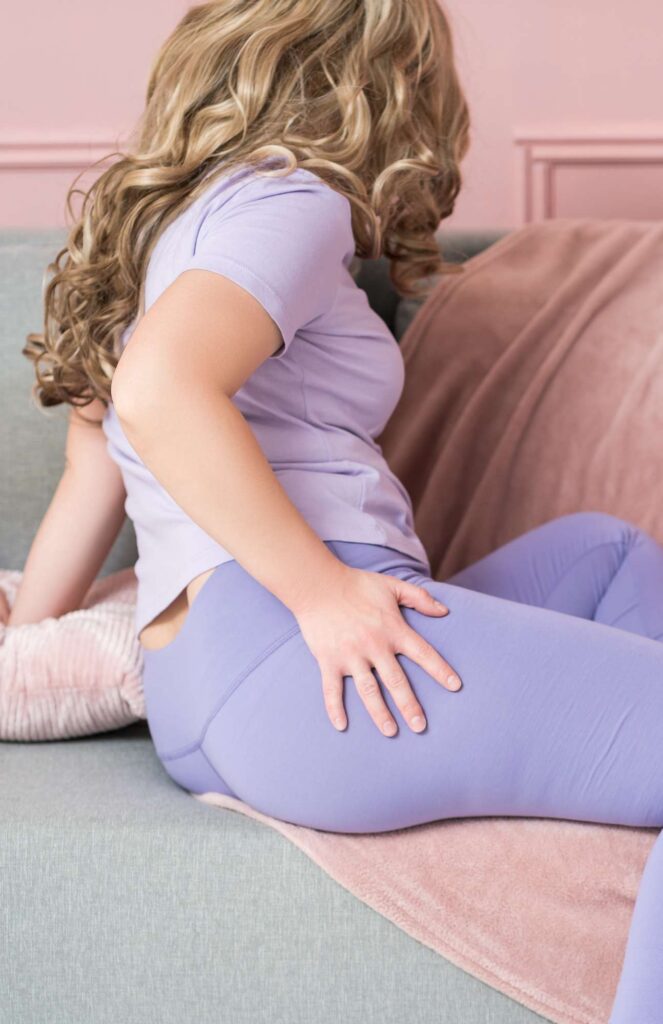
Importance of sleeping position for hip pain relief
The significance of finding the best sleeping position for hip pain relief cannot be overstated. Our sleeping position directly affects the alignment of our hips and the amount of pressure placed on the affected area.
For instance, sleeping on the side that corresponds to the affected hip can exacerbate pain and discomfort, whereas finding the best sleep position for your body can help alleviate these issues.
By understanding the impact of sleeping position on hip pain, we can make informed choices that contribute to better sleep quality and overall well-being.
Aside from the physical aspect, our sleeping position can also influence the duration and quality of our sleep.
Discomfort caused by hip pain can lead to frequent waking throughout the night, preventing us from experiencing the restorative benefits of deep sleep. This can result in fatigue, irritability, and decreased productivity during the day.
Therefore, finding the best sleeping position for hip pain relief is not only about addressing physical discomfort but also about promoting better sleep patterns and overall health.
Recognizing the importance of finding the best sleeping position for hip pain relief empowers us to take proactive steps toward improving our sleep quality.
The best way to get enough sleep is by making intentional adjustments to our sleeping position.
We can also minimize the impact of hip pain on our ability to rest and recover during the night.
This, in turn, can have a positive ripple effect on our mental health, physical and emotional well-being, allowing us to approach each day with renewed energy and vitality.
The best sleeping position for hip pain relief
After extensive research as a chiropractor and personal experience, I have found that the best sleeping position for hip pain relief is sleeping on your back with a pillow under your knees.
This position helps maintain the natural curvature of the spine and reduces pressure on the hips, promoting proper alignment and minimizing discomfort.
By placing a pillow under the knees, the hips are gently elevated, which can alleviate strain on the hip joints and surrounding muscles, providing much-needed relief for those experiencing hip pain.
Another effective sleeping position for hip pain relief, especially for pregnant women, is sleeping on your side with a pillow between your knees.
This position helps keep the hips and spine in alignment, preventing unnecessary twisting or pressure on the affected hip.
Placing a pillow between the knees can also help reduce stress on the hips and lower back, promoting a more comfortable and restful sleep experience.
Additionally, using a body pillow to support the top leg can further enhance the benefits of this sleeping position.
For those who prefer sleeping on their stomach, it’s important to use a flat pillow or no pillow at all to avoid unnecessary strain on the neck, back and hips.
While sleeping on the stomach may not be the ideal position for hip pain relief or for anyone in the long term, using a minimal amount of support under the hips can help maintain a more neutral spine position.
Experimenting with different sleeping positions and pillow placements can help individuals find the most comfortable and supportive option for their specific hip pain needs.
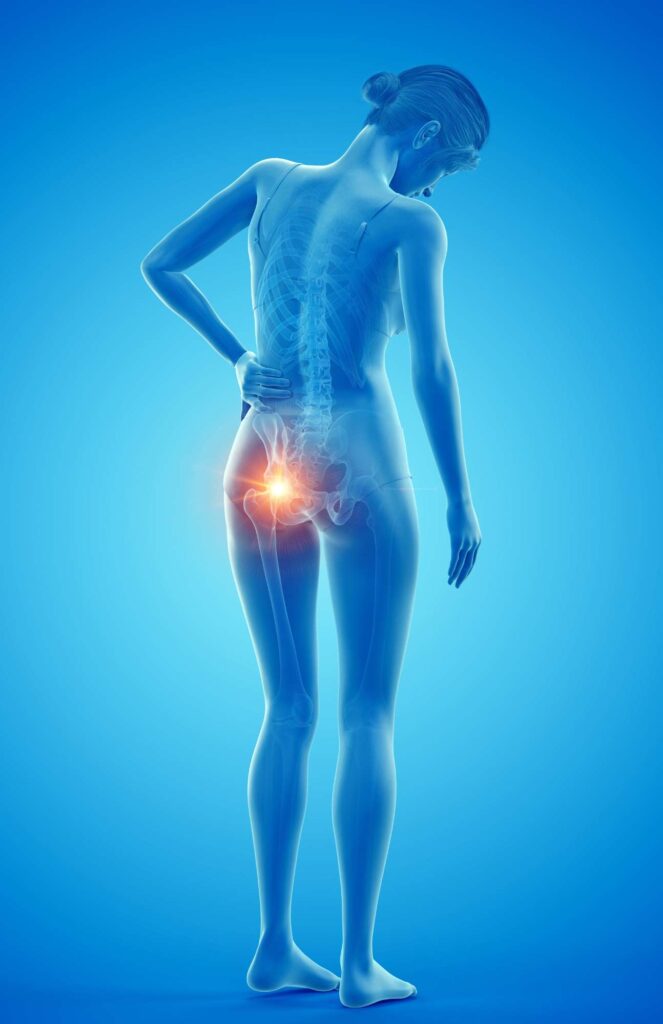
Tips for improving sleep quality with hip pain
In addition to finding the best sleeping position for hip pain relief, there are several tips that can help improve overall sleep quality when dealing with hip pain.
Creating a relaxing bedtime routine, such as taking a warm bath (using Epsom Salt and Magnesium) or practicing gentle stretches, can help alleviate tension and prepare the body for sleep.
Don’t have time for a bath? I get it! Try a topical pain reliever for fast relief. Here is a comparison between Arnica vs Biofreeze.
Establishing a consistent sleep schedule and optimizing the sleep environment by minimizing noise and light can also contribute to better sleep quality.
Checking out a portable TENS unit may be helpful for you in reducing your pain. Here is how to find the best TENS placement for hip pain relief.
Investing in a supportive new mattress and pillows specifically designed to relieve pressure on the hips can make a significant difference in sleep comfort.
Memory foam or latex mattresses, as well as contoured pillows, can provide the necessary support for your joints and cushioning for your soft tissues to help alleviate hip pain during sleep.
I highly recommend finding the right mattress for you that can also help overall joint pain.
Additionally, maintaining a healthy weight and engaging in regular physical activity can help reduce the strain on the hips and improve overall joint health, leading to better sleep outcomes.
Here are some of the best exercises for sciatica hip pain you can try!
Practicing relaxation techniques, such as deep breathing or meditation, can help calm the mind and body, reducing the impact of stress on sleep quality.
It’s important to be mindful of our posture and body mechanics throughout the day, as proper alignment and movement can support hip health and contribute to better sleep.
By incorporating these tips into our daily routine, we can take proactive steps to improve sleep quality and minimize the impact of hip pain on our rest.
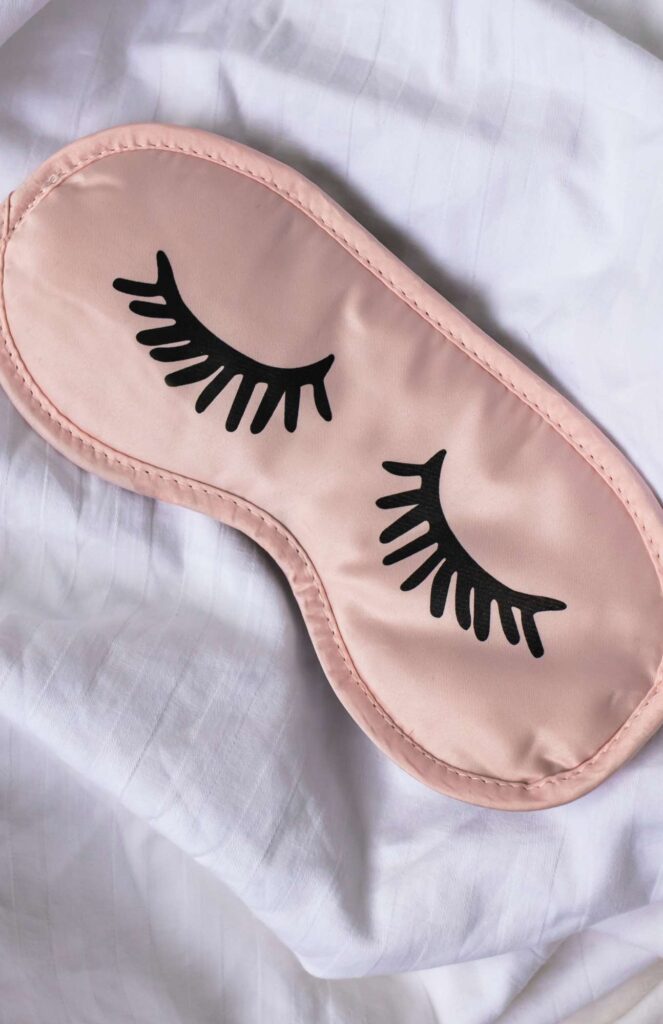
Lifestyle changes to alleviate hip pain during sleep
In addition to addressing sleeping position and sleep quality, making certain lifestyle changes can help alleviate hip pain and promote better sleep.
Engaging in gentle hip stretches and exercises, under the guidance of a healthcare professional, can help improve flexibility and reduce tension in the hip area that leads to chronic pain.
Incorporating anti-inflammatory foods, such as fatty fish, nuts, and leafy greens, into our diet can also support joint health and minimize discomfort.
Avoiding prolonged periods of sitting or standing and incorporating regular breaks to move and stretch can prevent stiffness and reduce the impact of hip pain on sleep.
Using assistive devices, such as a cane or walker, to reduce pressure on the hips when walking can also contribute to better overall hip health.
It’s important to listen to our bodies and prioritize rest when experiencing hip pain, allowing for adequate recovery and minimizing the impact of discomfort on sleep.
Exploring alternative therapies, such as acupuncture, physical therapy or chiropractic, can provide additional support for managing hip pain and promoting better sleep. Learn more about seeing a chiropractor vs. acupuncture to see which one is better for you.
Chiropractors are specifically trained in looking at the alignment of the hips. As a chiropractor myself, here are some hip out of alignment symptoms you can watch out for!
These holistic approaches can address the root causes of hip pain and offer long-term benefits for overall well-being.
By making mindful lifestyle changes and seeking appropriate interventions, we can create an environment that supports hip health and enhances our ability to experience restful sleep.
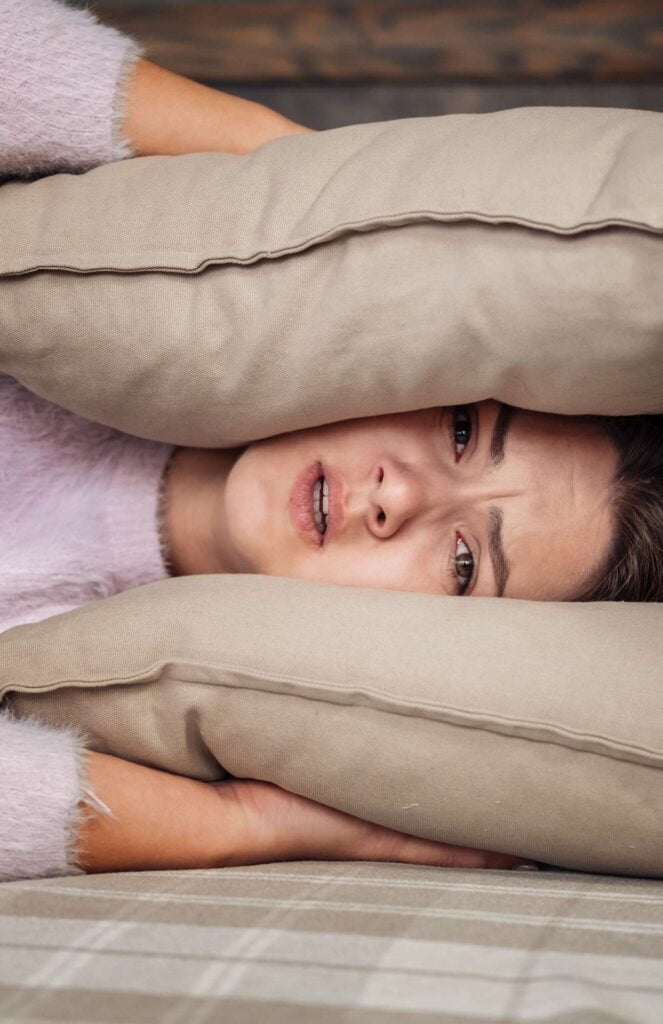
Using pillows and supports for better sleep with hip pain
Pillows and supports play a crucial role in creating a sleep environment that promotes hip pain relief and overall comfort.
Investing in a supportive pillow for the head and neck, as well as additional pillows for the body, can help maintain proper alignment and reduce pressure points on the hips.
Body pillows, specifically designed to provide support for the legs and hips, can help alleviate discomfort and improve sleep quality for those dealing with hip pain.
When using pillows and supports for better sleep with hip pain, it’s important to experiment with different combinations and placements to find the most effective setup.
For example, for side sleepers, placing a small pillow under the hips when side sleeping can help maintain neutral spine alignment and reduce pressure on the hips.
Using a wedge pillow to elevate the upper body slightly can also provide relief for those with hip pain, preventing excessive strain on the hips and lower back.
Incorporating a supportive mattress topper or pad that offers targeted cushioning for the hips can further enhance the sleep environment and minimize discomfort.
It’s essential to consider individual comfort preferences and specific hip pain needs when selecting pillows and supports for better sleep.
By customizing the sleep environment with the appropriate pillows and supports, individuals can create a conducive setting for restorative and pain-free sleep.
When to seek medical advice for hip pain and sleep
While implementing strategies for finding the best sleeping position for hip pain, it’s important to be mindful of when to seek medical advice for persistent or worsening symptoms.
If hip pain significantly impacts sleep quality despite making adjustments to sleeping position and lifestyle, consulting a healthcare professional is crucial.
Additionally, if hip pain is accompanied by swelling, redness, or a decrease in mobility, seeking medical evaluation is essential to rule out any underlying medical conditions.
A healthcare provider can conduct a thorough assessment of the hip pain and sleep disturbances, offering personalized recommendations and potential treatment options.
This may include imaging studies to evaluate the hip joint, a physical therapist can address muscle imbalances, chiropractic care to check spinal alignment or medication to manage pain and inflammation.
By seeking timely medical advice for chronic hip pain and sleep, individuals can receive the necessary support to address the root cause of your hip pain and improve your overall well-being.
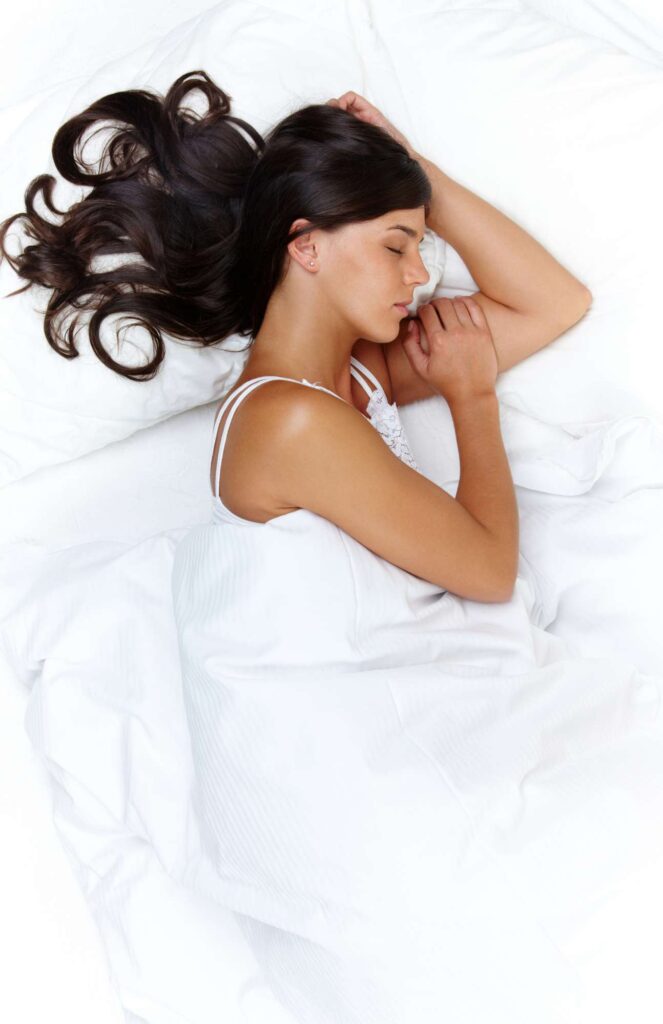
Conclusion
In conclusion, the impact of hip pain on sleep can be profound, affecting our physical comfort, emotional well-being, and overall quality of life.
By understanding the importance of finding the best sleeping position for hip pain relief, we can take proactive steps to address discomfort and improve sleep quality.
Whether it’s sleeping on our back with a pillow under the knees or using pillows and supports to enhance sleep comfort, there are various strategies to alleviate hip pain during sleep.
In addition to optimizing sleeping position, implementing lifestyle changes, and seeking appropriate medical advice when needed, can contribute to better sleep outcomes for those dealing with hip pain.
By prioritizing proper sleep support and creating a conducive sleep environment, individuals can experience relief from hip pain and enjoy restful, rejuvenating sleep.
Ultimately, by taking a holistic approach to addressing hip pain and sleep, we can enhance our overall well-being and embrace each day with vitality and resilience.
I hope this article provides valuable insights and practical guidance for those seeking to improve their sleep quality while dealing with hip pain.
If you’re currently struggling with hip pain during sleep, remember that there are effective strategies and support available to help you achieve better rest and overall well-being.
Take proactive steps to address your hip pain and embrace the rejuvenating power of restful sleep.






